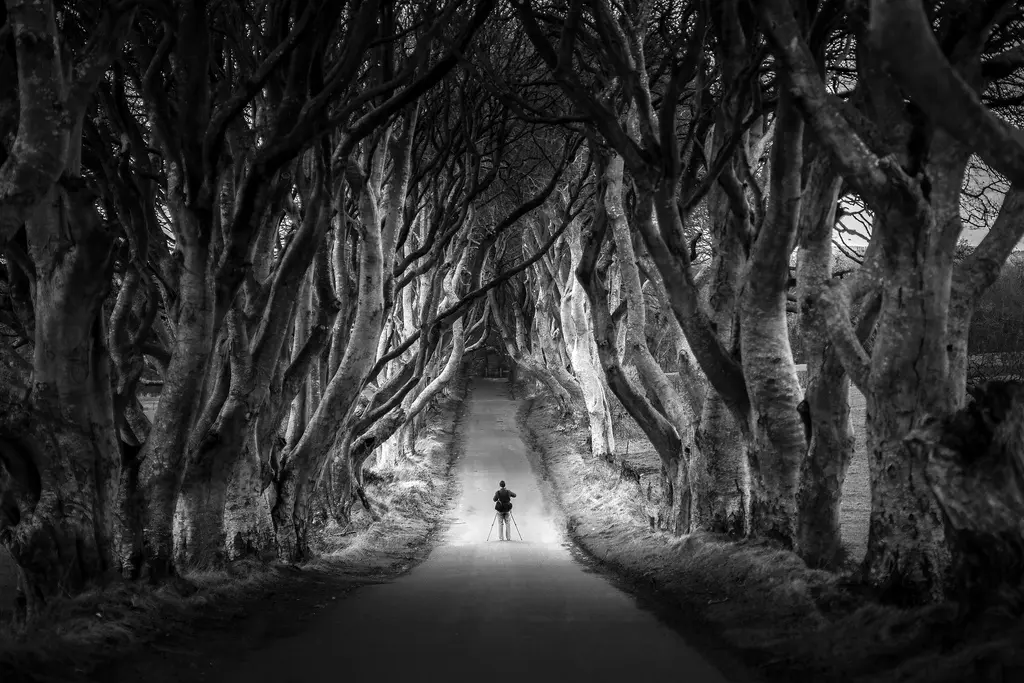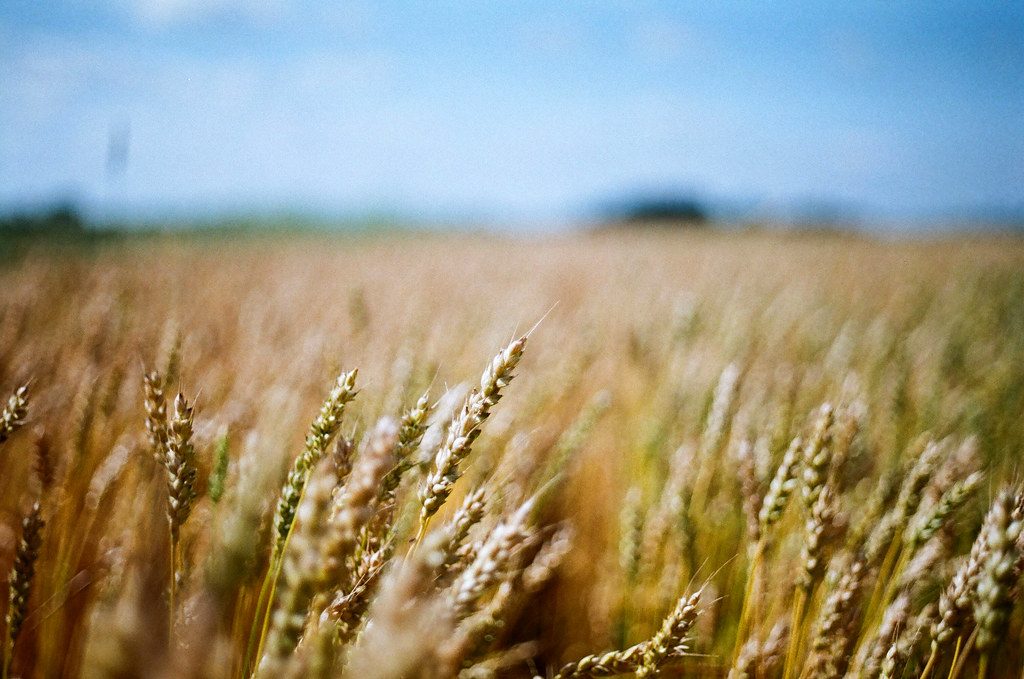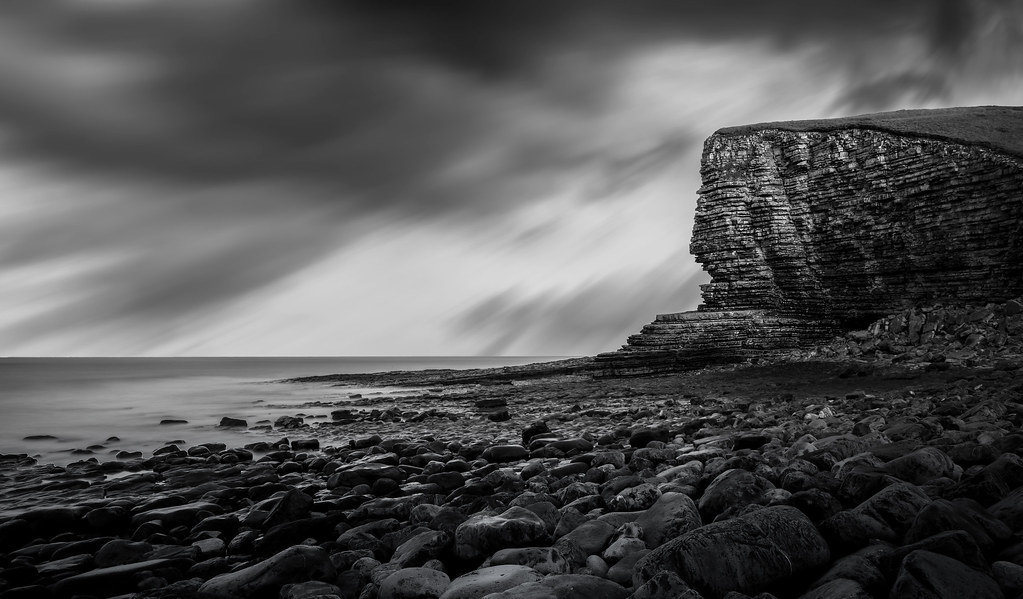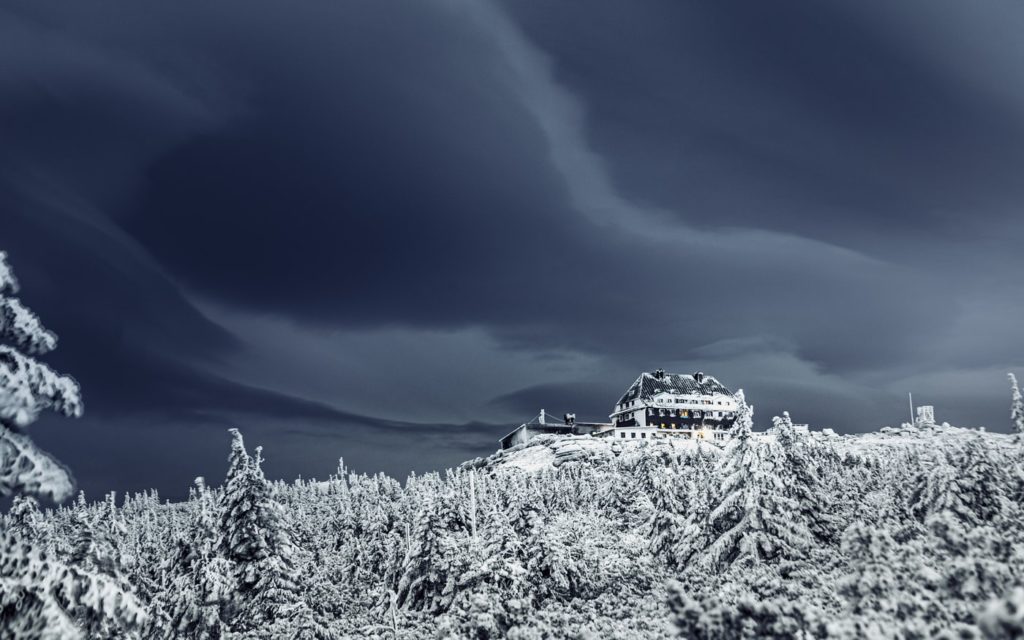Landscape photography is one of those genres that forces people to photograph the same things over and over again. Not that there aren’t any good landscape photographs, there are plenty, but most of the time photographers are afraid to experiment with landscape photography. This occurrence is mostly due to the “strict” rules of what makes a good landscape photograph.
If you take a look through photo sharing sites, it is often the cleanest, most vibrant and “by the book” framed shots with insane amount of detail which are among the top picks. But that is just photography by the numbers, which isn’t something you should do too often.
If you look at photography competitions on the other hand, the landscape photographs are nothing like the ones you see on photo sharing sites. In fact, photographs you’ll find winning competitions are the clever kind. Photographs by photographers who were thinking outside of the box, being clever and utilizing every single photographic element in order to make the pictures stand out from the crowd.
Here are some suggestions that you should at least try out from time to time to help get yourself out of that box.
Try Black And White/h1>

Color isn’t everything in landscape photography, in fact it rarely makes the photo. A great landscape shot will often work great in both black and white and color, since it has several other elements that make it a good shot. Therefore, you should try shooting some black and white landscape photos.
However, shooting an image in color and then seeing if black and white works is not the same as shooting the image with the sole purpose of it being black and white. Plan the shot as if your sensor is not capable of picking up color, and execute it like that. Try pre-visualizing it in black and white as well. Once you start shooting in black and white you’ll realize that you can play with light to make the shot more interesting and captivating. That is how it was done in the age of black and white film, and those shots are still awesome, they have the same effect as the day they were shot.
Hyperfocal Distance Is Not The Only Way
 Photo by Brandon Giesbrecht
Photo by Brandon Giesbrecht
Every landscape photographer will tell you that you need to learn how to calculate your hyperfocal distance or do focus stacking in order to have everything in your image in focus. While they are pretty good techniques most of the time, it doesn’t mean that you need to use them all the time. Try shooting landscape shots with a 300mm lens, have some foreground and background blur and it won’t hurt the image if your framing is clever enough. Don’t limit yourself to just one technique, you need to be diverse and to be able to make the most out of any scenario. That is why you need to experiment with depth in combination with different focal lengths.
It Is Not All About The Wide Angle
 Photo by Peter Alfred Hess
Photo by Peter Alfred Hess
Once you hear the word landscape and photography in the same context you are instantly reminded of wide angle shots and wide angle lenses. But, as mentioned before, that doesn’t have to be the case.
Zoom compression and a shallow depth of field can be your friends. If you utilize them properly, it can make for a great shot. You can even do Brenizer type panoramas to force an even shallower depth of field than normal, in order to play with selective focus for more drastic effects.
Using other focal lengths besides the widest ones will allow you to bring certain elements closer or further, or affect the angle of the guiding lines in the frame.
Weather Is Not Always A Problem
 Photo by Andrew Thackway
Photo by Andrew Thackway
Yes, a perfect dramatic sunset photograph will always bring you a decent amount of attention. On the other hand a great cloud formation will do the same. If you combine other elements to work with the light conditions, you can still capture a great landscape shot. Blue hour is also an option: there is no dramatic sunset but then again the light is nice and cool, creating for some moody shots after sunset and before sunrise.
Summary
It is important to remember that in reality, there are no boundaries, no rules, no restrictions to any type of photography including landscape. Do your magic, photograph what you feel like photographing. Do something different, think outside of the box. And if you aren’t exactly sure where to begin, take a look at the winners from the competitions for landscape photography to find some out-of-the-box inspiration.




